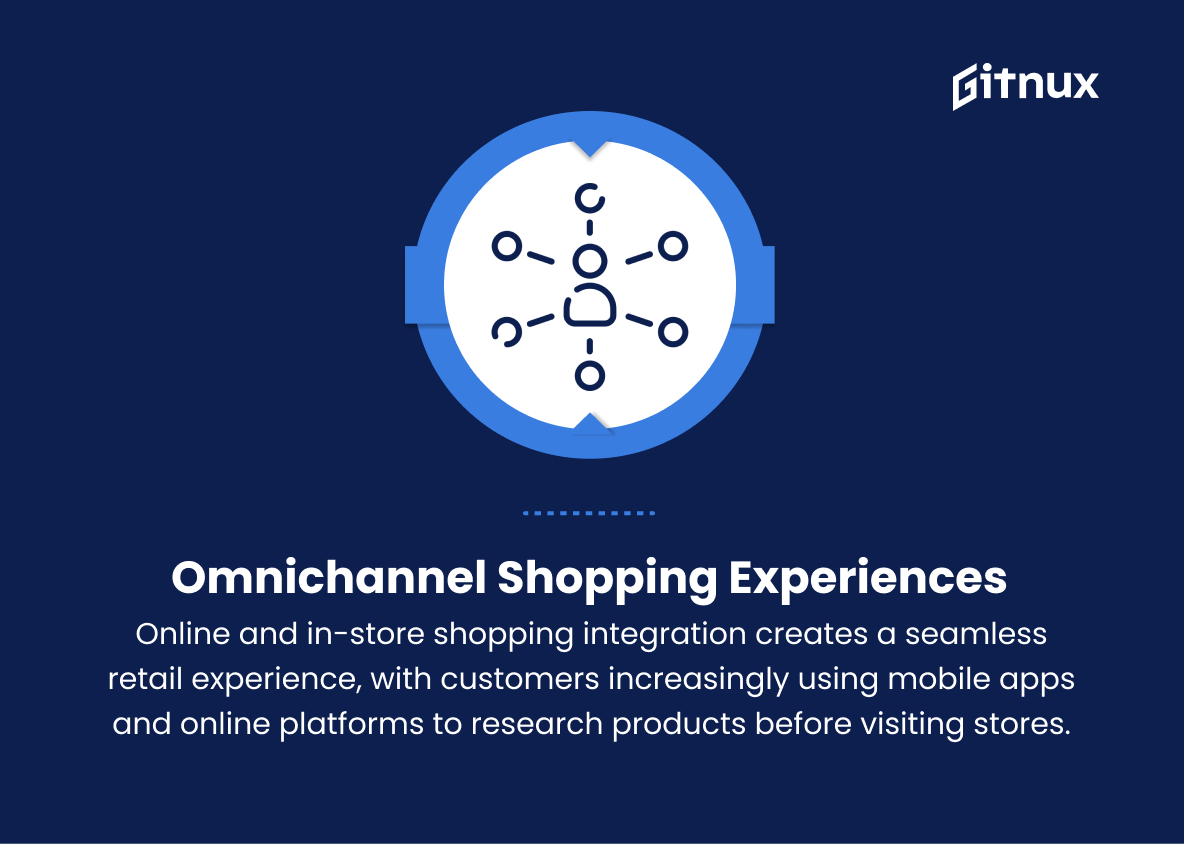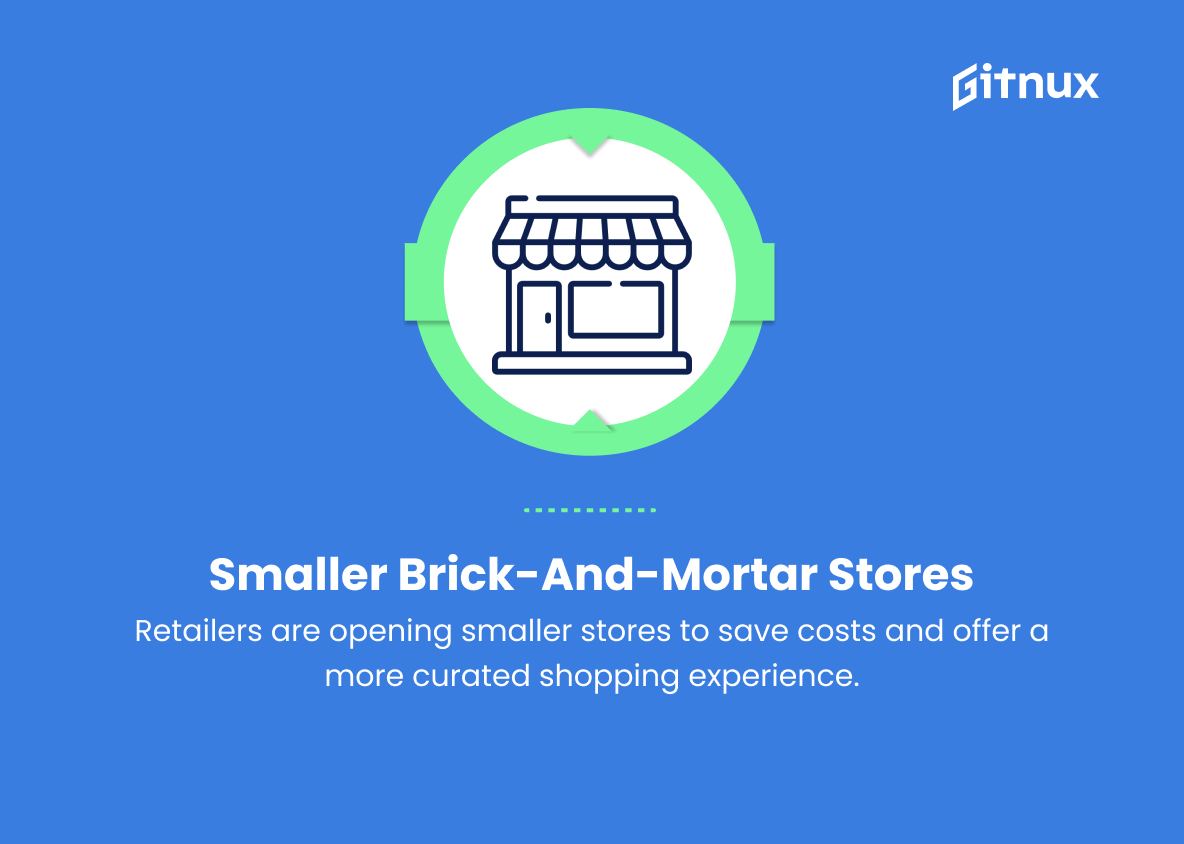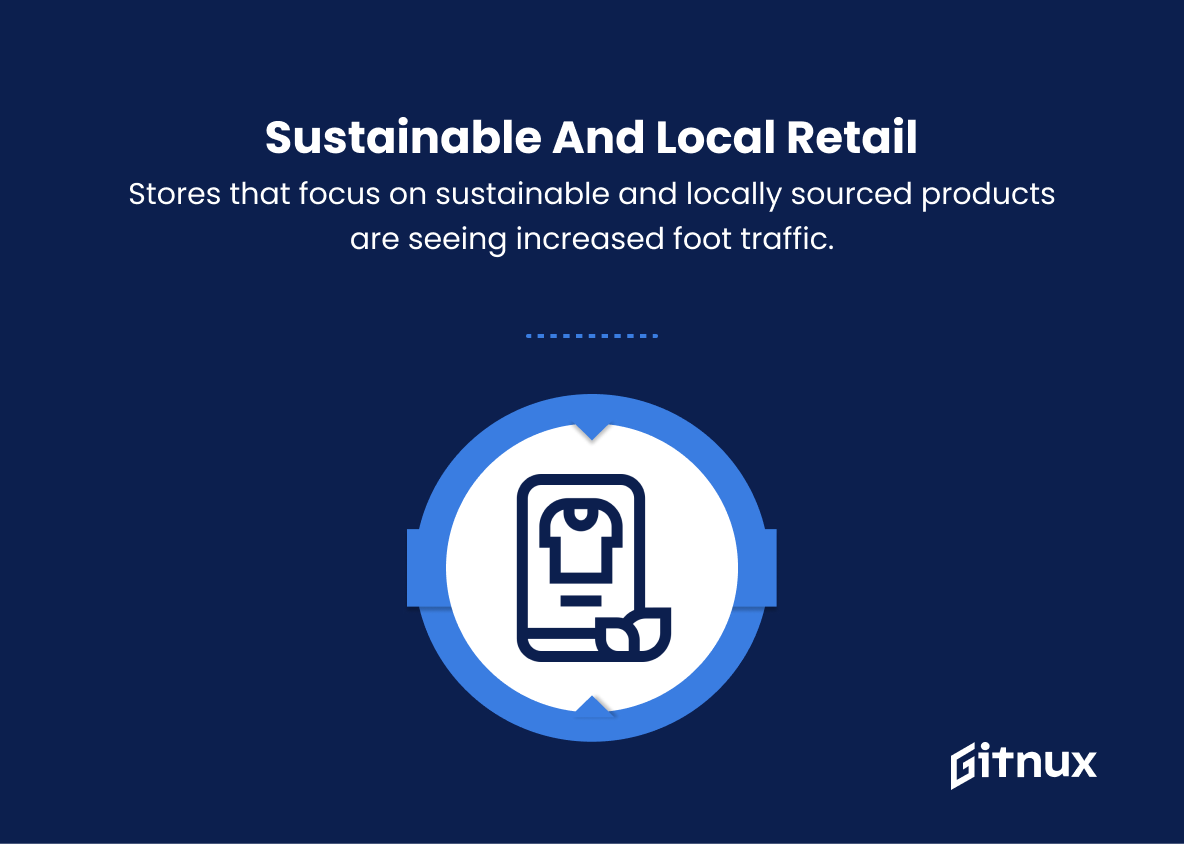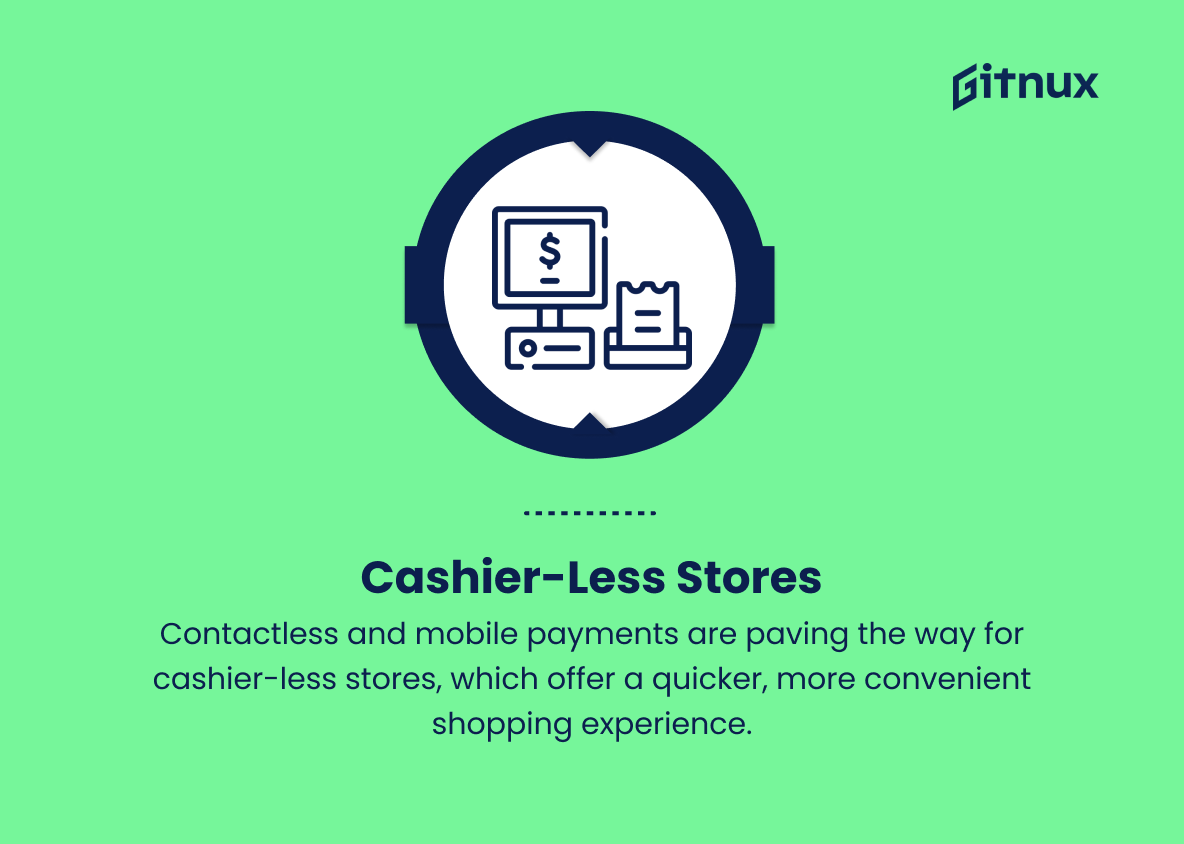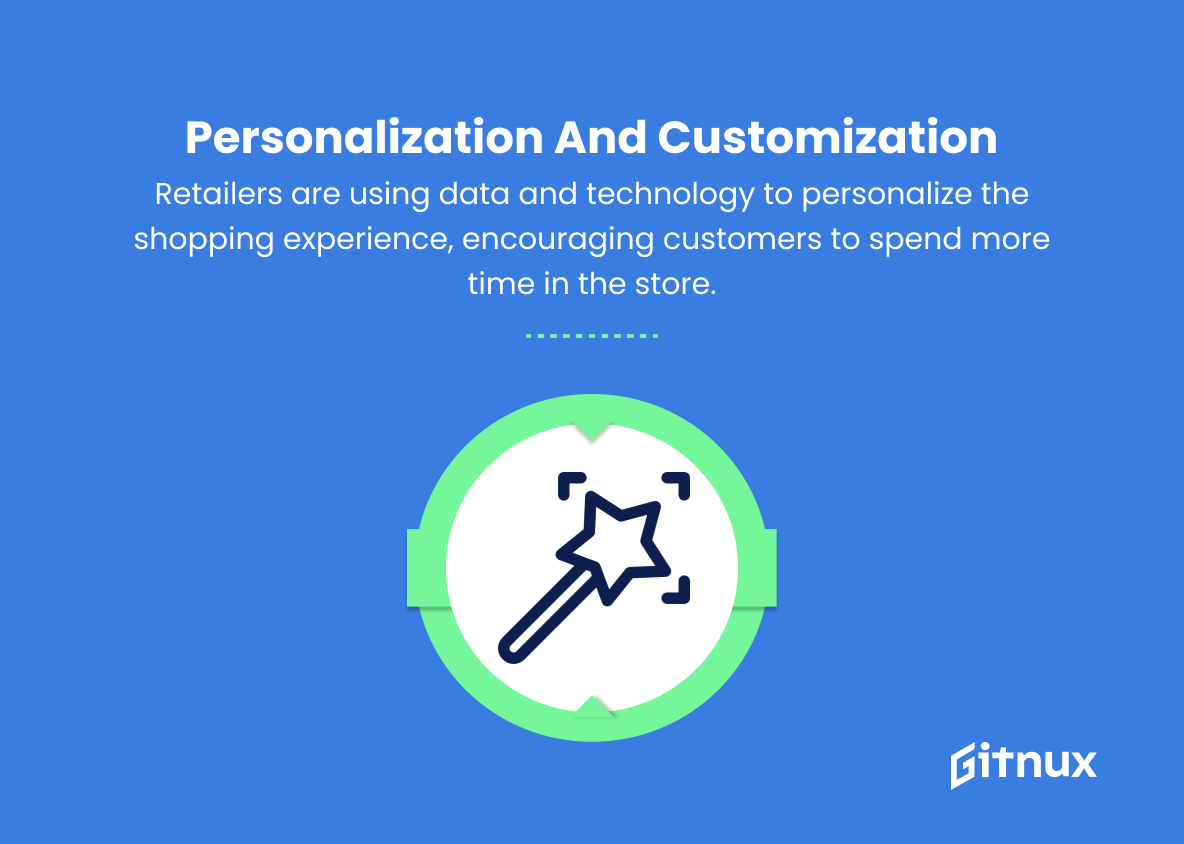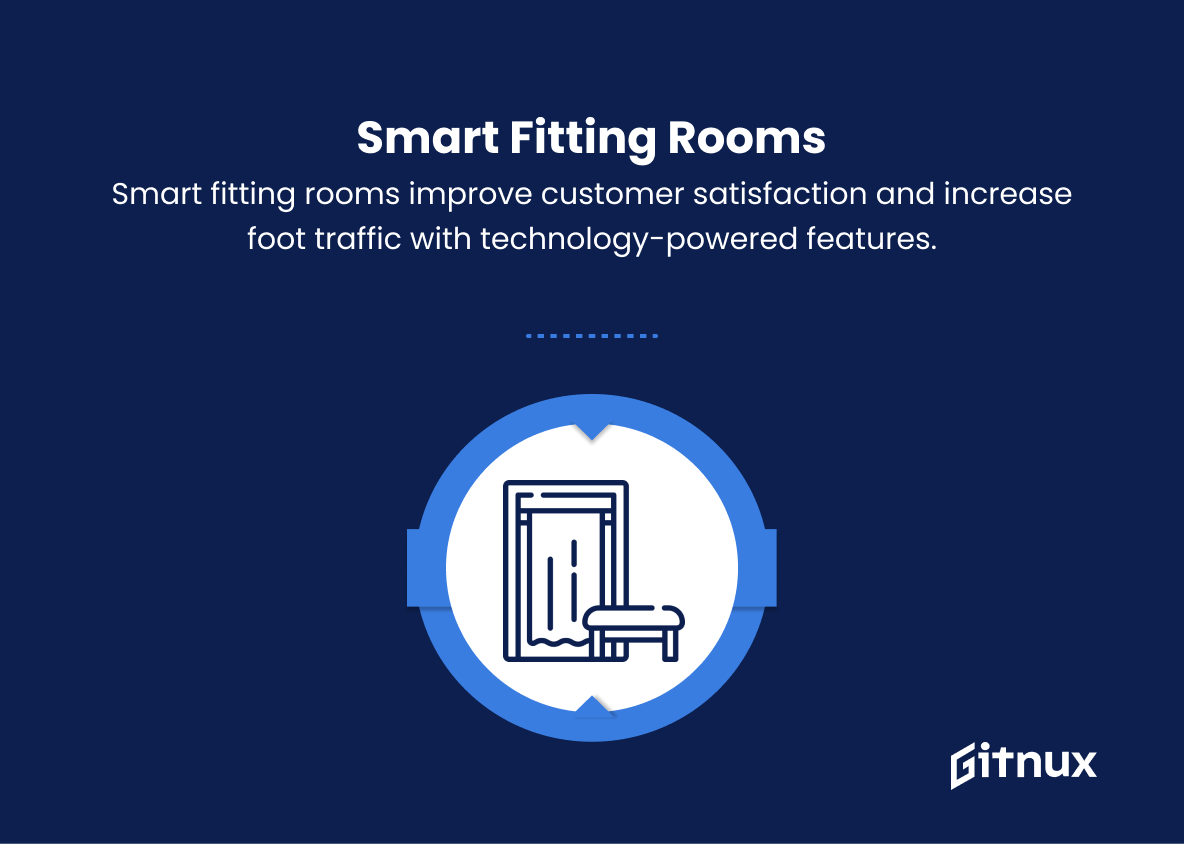In today’s fast-paced, ever-evolving world of retail, understanding consumer behaviour is crucial for businesses to stay ahead of the curve and maintain a competitive edge. One key factor that retailers must constantly analyse is the foot traffic patterns within their stores. As the lifeblood of brick-and-mortar establishments, retail foot traffic trends not only offer valuable insights into consumer preferences and habits, but also serve as an indicator of a store’s overall health and performance.
In this comprehensive blog post, we will delve deep into the latest retail foot traffic trends, discussing the driving forces behind them and exploring how businesses can adapt and capitalize on these insights to boost sales and drive growth. Stay with us as we explore the intricacies of these vital consumer movements and their implications for retailers in a rapidly changing landscape.
Top Retail Foot Traffic Trends
1. Omnichannel shopping experiences
The integration of online and in-store shopping creates a seamless retail experience, with customers increasingly using mobile apps and online platforms to browse products, compare prices, and read reviews before visiting stores in person. Beacon technology and integrated shopping apps will provide personalized offers and recommendations based on customers’ online behaviour.
2. Experiential retail
Retailers are focusing on creating immersive, experience-driven spaces that customers enjoy visiting, even if they don’t ultimately purchase anything. These experiences can include in-store events, workshops, product demonstrations, and pop-up shops within larger stores or malls.
3. Smaller brick-and-mortar stores
With the rise of e-commerce, there is a trend towards smaller retail spaces that allow for a more curated and personalized shopping experience. These small-format stores can help retailers save on rental costs while still maintaining a physical presence.
4. Sustainable and local retail
Consumers are increasingly interested in sustainable and locally sourced products, leading to the rise of stores that focus on these aspects. Retailers offering eco-friendly products or promoting local artisans may see increased foot traffic as a result.
5. Cashier-less stores
The growth of contactless and mobile payments is paving the ways for cashier-less stores, where customers can make purchases using self-checkout systems or their smartphones. This offers a quicker, more convenient shopping experience for customers and can increase foot traffic as a result.
6. Personalization and customization
Retailers are increasingly focusing on personalized customer experiences, using data and technology to customize product offerings, store layouts, and marketing campaigns. This tailors the shopping experience to individual customers, encouraging them to spend more time in the store.
7. BOPIS – Buy online, pick up in-store
This shopping trend allows customers to browse and purchase items online and pick them up at a designated location within the store or at a curbside pickup spot. This saves customers shipping costs, reduces delivery times, and encourages in-store visits.
8. Pop-up stores and mobile retail
Pop-up stores, temporary retail locations, and mobile retail trucks offer customers unique shopping experiences and exclusive products. They also create buzz and generate foot traffic for shopping centres and malls.
9. Virtual and Augmented Reality (VR and AR)
Retailers are using VR and AR technology to create interactive, immersive experiences for customers both online and in-store. This can include virtual product try-ons, 3D product visualizations, and gamification elements that drive foot traffic and customer engagement.
10. Smart fitting rooms
With the incorporation of technology into fitting rooms, customers can access product information, request alternate sizes or colours, and even receive personalized styling suggestions. Smart fitting rooms can help improve customer satisfaction and increase foot traffic by offering a more streamlined and enjoyable shopping experience.
Implications
The retail landscape is evolving rapidly to accommodate changing consumer preferences, driven by the increasing adoption of technology and a growing focus on sustainability. Omnichannel shopping experiences, exemplified by the integration of online and in-store retail environments, are offering seamless and personalized retail opportunities. In response, retailers are focusing on experiential retail, creating immersive, memorable spaces that draw customers in even when they do not intend to make a purchase. Smaller, curated brick-and-mortar stores facilitate more intimate shopping experiences while also cutting operational costs.
Meanwhile, the rise of sustainable and local retail reflects the growing importance of environmentally conscious and community-driven consumption. As technology advances, cashier-less stores are emerging, streamlining the shopping experience by allowing customers to make purchases quickly and conveniently through mobile and contactless payments. Personalization and customization efforts, powered by data-driven insights and consumer preferences, are creating tailored in-store experiences that retain customers’ attention.
BOPIS (buy online, pick up in-store) combines the convenience of online shopping with the physical presence of retail locations, drawing customers into stores. Pop-up stores and mobile retail trucks introduce an element of novelty and excitement, sparking customer curiosity and driving foot traffic. Virtual and Augmented Reality technologies are increasingly finding applications both online and in-store, creating interactive and immersive experiences that engage customers.
Finally, smart fitting rooms elevate the in-store experience, streamlining processes and improving customer satisfaction. Together, these trends illustrate the future of retail, characterized by innovation, personalization, and increasingly sophisticated customer experiences.
Conclusion
In summary, retail foot traffic trends have continued to evolve significantly in recent years, shaped by factors such as advancements in technology, changing consumer preferences, and the rise of e-commerce. As brick-and-mortar retailers strive to compete in a rapidly changing landscape, it is essential for them to recognize emerging patterns, adapt their operations, and prioritize customer engagement to ensure their continued success.
By staying informed about these trends, retailers can make informed decisions about store locations, design, and marketing strategies to bolster foot traffic and drive sales. Both entrepreneurs and established businesses need to keep a pulse on the market and stay agile, embracing innovative solutions that cater to the modern shopper’s demands and expectations. In doing so, they can navigate the complex world of retail foot traffic and emerge stronger in the face of dynamic industry trends.
